Electric kettle power
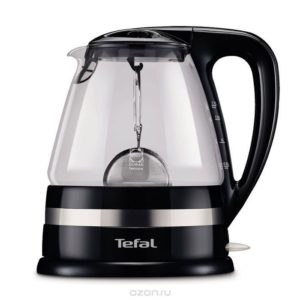 This article will talk about the parameters of electric kettles, their power, as well as types of heating elements, calculation of electricity consumption and recommendations will be given on how to reduce the energy consumption of an electric kettle.
This article will talk about the parameters of electric kettles, their power, as well as types of heating elements, calculation of electricity consumption and recommendations will be given on how to reduce the energy consumption of an electric kettle.
The content of the article
Electric kettle parameters
- Capacity. Almost every device model has a volume of 0.45-3 liters. The best option for a family is a two-liter kettle. If a person lives alone, then 0.45 liters will be enough for him;
- Power. This is the most important parameter of all. After all, it depends on how quickly the water heats up. A large number of electric kettles have a power of 0.85-1.5 kW. It depends on the material from which the device is made;
- A heating element. Electric kettles operate from the mains. They can use only two options for heating elements:
- Open. There is direct contact of the spiral with water;
- Closed. In this case, the element has no contact with the liquid;
- Shape and design. The visual part is an important parameter, because the first thing that buyers pay their attention to is the appearance.
There are two types of form:
- Jug. This type is compact, but the water in it cools quickly;
- Cone. This variety boils water quickly and keeps it hot for a long time;
- Stand and cord. Nowadays, only two types of stands are used in teapots:
- Stationary. With this stand, the device can be installed in only one position. This is what the “nest” is for;
- «Pirouette". The kettle can be freely placed in the center of the stand;
- The wire. The wire length on each model is almost the same. Electric kettles have a short wire length. This is specifically done to ensure safe use of the device. A long cord is inconvenient because it can get caught on it and knock over the kettle. It is recommended to install the device close to an outlet.
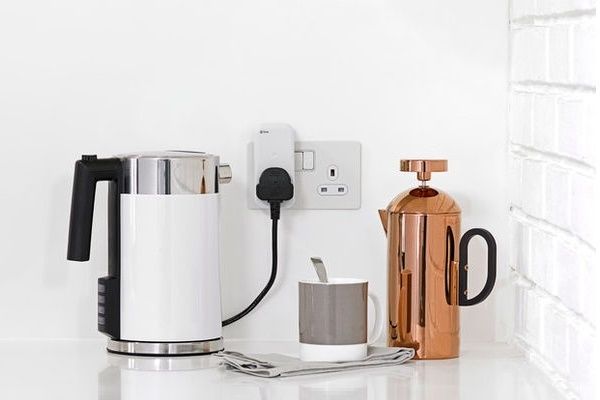
The main parameter is power
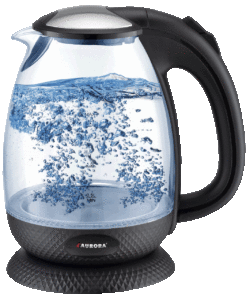 The heating speed depends entirely on the power of the electric kettle. Nowadays, the power of devices is 1000-3000 watts. The optimal device option is one that has a power of 2200 W. This type of electric kettle can quickly heat water without any voltage surges.
The heating speed depends entirely on the power of the electric kettle. Nowadays, the power of devices is 1000-3000 watts. The optimal device option is one that has a power of 2200 W. This type of electric kettle can quickly heat water without any voltage surges.
The energy expended during heating depends on the volume of the kettle. The larger the device, the greater its power so that the heating process does not last long.
Types of heating elements
As mentioned above in the article, electric kettles have two types of spirals: closed and open.
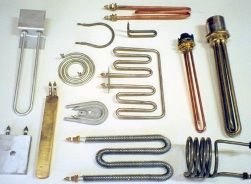 Open element. The same heater, only it is turned horizontally. It is much cheaper to produce than a closed one. But it also has its drawbacks:
Open element. The same heater, only it is turned horizontally. It is much cheaper to produce than a closed one. But it also has its drawbacks:
- To boil, you need to pour it to the very top so that the boiler does not burn out. These boil water for several cups at once;
- Scale may form around the coil. It is difficult to clean it. The heating process becomes longer and the taste deteriorates;
- There is no fuse and therefore the water may boil away. If you allow the heater to operate without water, it will burn out.
Closed element. In teapots with such an element, the spirals are covered with a metal bottom. Because of this, the price of the device increases by 10%. But the closed element has many advantages, which is why it is used in almost all devices.
Pros:
- You can easily get rid of scale;
- On such a spiral you can not be afraid to heat liquid for one cup;
- The switch operates when the boiling process ends, which is very convenient;
- There is a fuse installed that prevents the kettle from turning on if there is no water in it.
Minuses:
- Slow heating, since there is no contact of the heater with water;
- The noise is from the bubbles that form when boiling.
Indicators affecting power
Before purchasing, be sure to find out how much power it consumes. Standard indicators are from 700 to 3 thousand watts.
Energy consumption also depends on factors such as:
- Water volume;
- Type of heating element;
- Number of times to warm up.
This concludes the list of main conditions that affect energy consumption.
Amount of energy consumed
An electric kettle is one of the most electrically consuming appliances. Typically the power indicator is 1.5-3 kilowatts per hour.
For example: a person can use a kettle on average five times a day, the water heats up for about three minutes, thereby you can calculate the average electricity consumption per month. Formula for calculations: 3 * 0.2 * 30 = 18 kW per month.
Now you can look at the electricity consumption of other equipment. You can see that the kettle’s performance is low, but you need to take into account that other appliances work around the clock.The conclusion is that the device can use a huge amount of electrical energy in a short time.
Tips for saving energy consumption
An electric kettle is the most wasteful device. In a short time, it can use much more electricity than a refrigerator and other appliances in the house. These recommendations will help reduce the energy consumption of an electric kettle.
Recommendations:
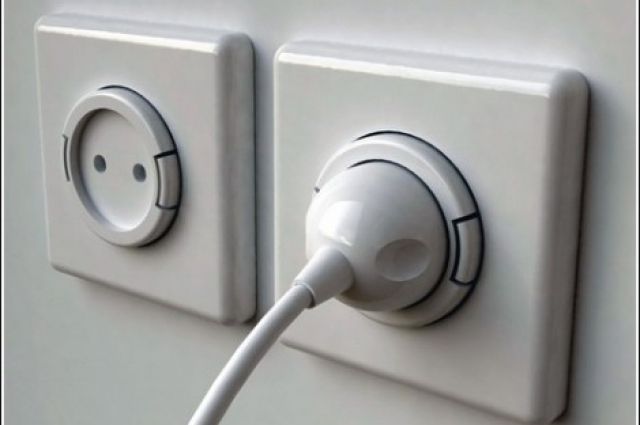 Do not leave the kettle plugged in, if it is not currently in use, since even when turned off it uses electricity;
Do not leave the kettle plugged in, if it is not currently in use, since even when turned off it uses electricity;- You should always reheat as much as is needed at the moment., because the amount of power consumed depends on the volume of water. For one cup, you should not heat a lot of water or use a thermos, so as not to waste energy;
- The coil needs to be cleaned regularly, since contamination will cause water to heat up much longer, thereby consuming more electricity. Also, due to a large amount of scale, the spiral may stop working.
This is where the list of recommendations ends.
Also, you should not think that electrical energy consumption will decrease if you heat water on an electric stove, because in this case the process of heating water will be much longer than in an electric kettle (the heating process takes only three minutes). It follows that energy costs will be much higher.
Let's sum it up
Proper use of electric kettles is very useful for household activities. When purchasing, you need to take into account all the disadvantages and advantages of the device. And follow the recommendations listed above so as not to overpay for electricity.




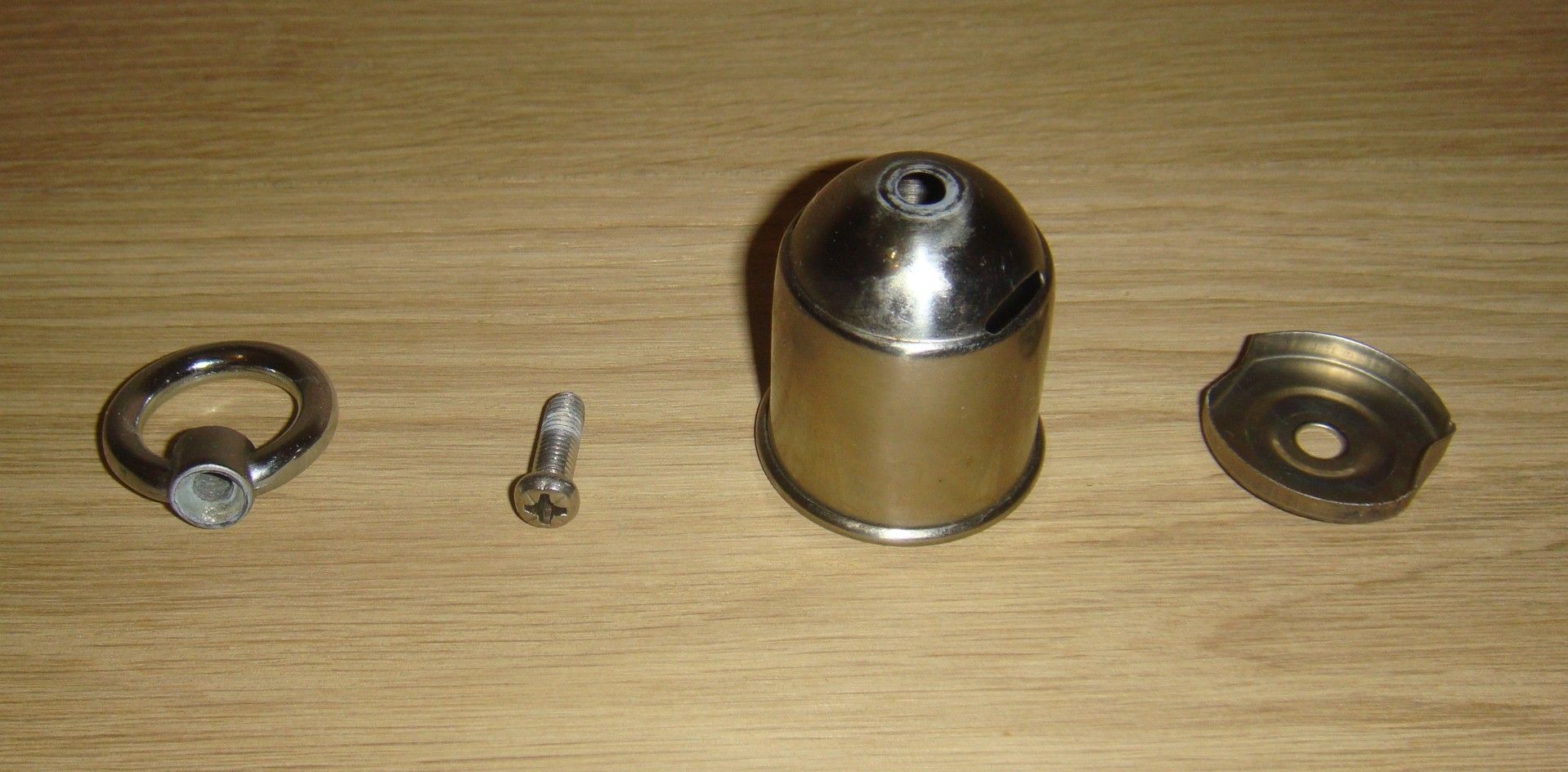
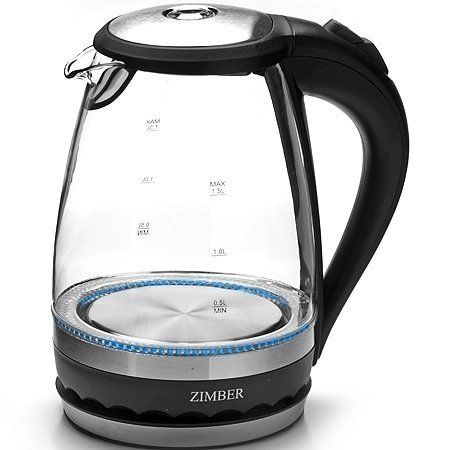
The calculation formula is not clear. It is also not clear why it needs to be unplugged from the socket. This is not real!!!